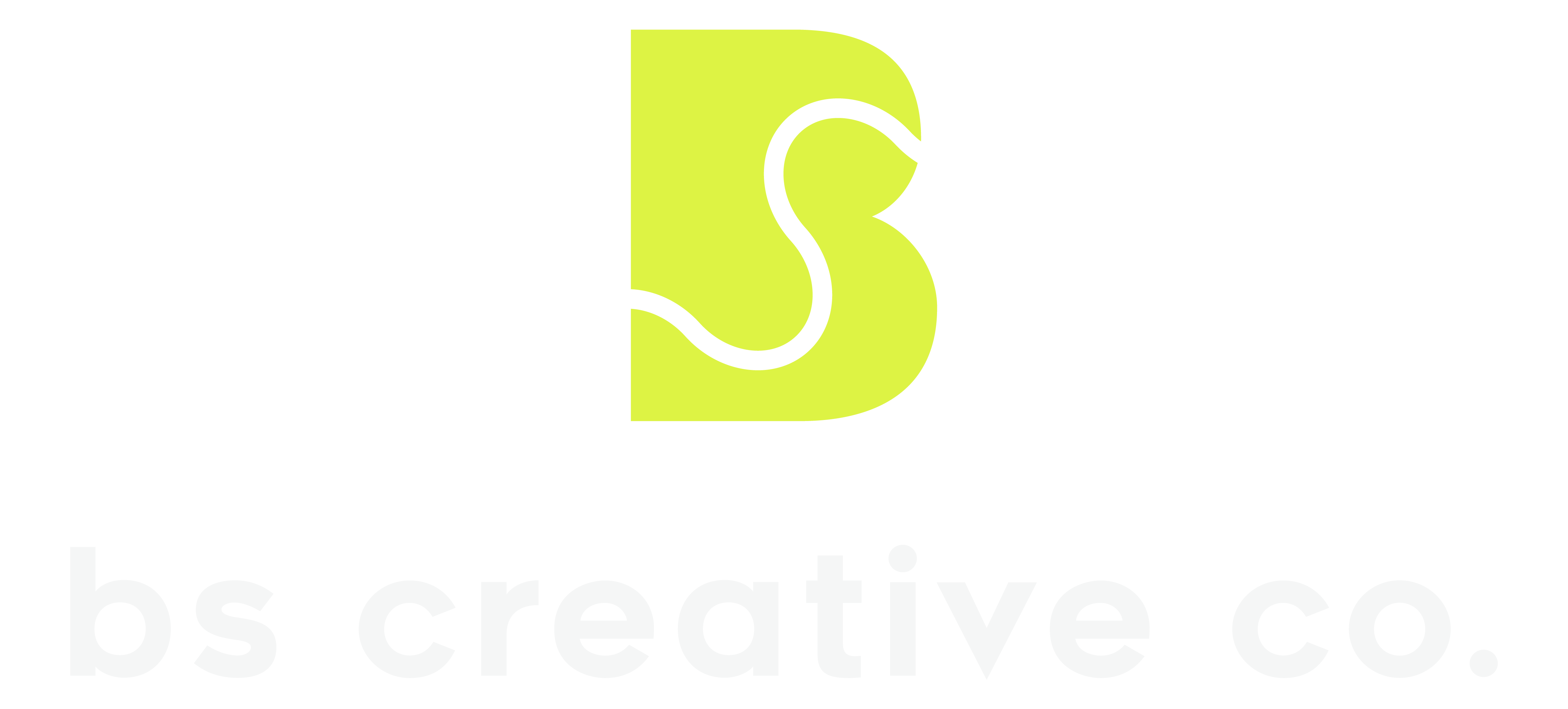If you want strong work on the first round, learn how to write a creative brief that is clear, complete, and easy to act on. A good brief gives context, defines the goal, and removes guesswork. Your designer can spend time solving the problem instead of chasing missing details.
How to Write a Creative Brief, Quick Overview
Use this simple flow. You can draft it in a doc, form, or project tool.
- Define the business goal and the single problem to solve
- Describe the audience and the insight that motivates them
- List deliverables, sizes, and channels
- Share brand assets and voice rules
- Clarify message hierarchy and the one call to action
- Provide visual direction with a few focused examples
- Add constraints, timeline, budget, and approval path
- State what success looks like and how it will be measured
Keep the brief to one or two pages. Short and specific beats long and vague.
For a broad walkthrough and examples, see HubSpot’s creative brief guide.
Project Goal and Problem Statement
Open with one paragraph that answers two questions. Why are we doing this now. What must change after the work ships. Replace fuzzy goals with a measurable aim, for example, increase booked consults by 20 percent in Q4 or generate 50 qualified leads from the launch campaign.
Audience and Insight for a Strong Design Brief
Explain who you are talking to, what they care about, and what gets in their way. Include demographics only if they affect the work. Focus on the core motivation, for example, busy homeowners who want a trustworthy contractor without research overload. If you have a key quote from a customer interview, include one sentence.
Deliverables and Channels
In your design brief, list exactly what needs to be created and where it will appear.
- Web, landing hero, 1600 by 900
- Instagram, post and story templates
- Email header, 1200 by 480
- Print flyer, US letter with bleed
If versions share content, say so. Clear inventory prevents scope creep and protects timelines.
Brand Assets and Voice
Share the materials that keep design consistent.
- Logo suite, color values, and typography roles
- Links to the brand style guide and brand photography
- Voice guidance, friendly expert, short sentences, plain language
- Past pieces that worked well, with a note on why they worked
Give access to editable files, not only screenshots in the creative brief.
Message Hierarchy and CTA
State the one thing people must remember and the single action you want. Provide a short ladder of supporting points, then note any must have copy, for example legal text or disclaimers. Good hierarchy speeds design decisions and keeps every layout focused.
Visual Direction With Examples
Show, do not just tell in your creative brief. Add three to five reference links or images that demonstrate tone and layout. Label what you like, for example generous white space or bold photography. If there are red lines, list them, for example no stocky handshakes, no neon gradients. This section is where many briefs fail, so make it specific.
Constraints, Timeline, and Approvals
Name any fixed limits, for example required platform components, printer specs, or an existing template system. Provide a realistic schedule with review dates, who approves, and what counts as final. One approver is best. If more people must weigh in, list the final decision maker so feedback does not conflict.
Success Criteria and Measurement
In your design brief, explain how you will know the work is effective. Examples include form submissions, booked demos, downloads, uses of a code, or on site event signups. Add the tool you will use to measure, then set a follow up date to review results together.
Common Mistakes to Avoid
- Vague goals that read like “make it pop”
- Missing audience insight, which forces guesswork
- No inventory of deliverables or sizes
- Too many call to actions on one piece
- Reference links without notes on what to copy or avoid
- No single approver, which creates design by committee
Fixing these items before kickoff saves time and budget.
Creative Brief Template You Can Copy
Use this one page outline. Replace bracketed text with your details.
Project name: [short title]
Owner: [name, email]
Goal: [measurable business outcome]
Problem to solve: [short paragraph]
Audience: [who they are, what they want, one insight]
Primary message: [one sentence]
Supporting points: [three bullets]
Call to action: [one action only]
Deliverables and channels:
- [asset] [size] [channel]
- [asset] [size] [channel]
Brand assets: [links to style guide, logo, type, colors, photos]
Voice and tone: [three adjectives, one line of guidance]
Visual direction: [3–5 links or images with notes on what you like]
Constraints: [platform, print specs, legal, required elements]
Timeline: [milestones and due dates]
Approvals: [final decision maker, reviewers if any]
Success metric: [how measured, tool, review date]
How to Write a Creative Brief for Different Project Types
- Website section or landing page: include page goal, top tasks, wireframe or content outline, and any SEO terms that must appear.
- Brand identity piece: provide the brand strategy summary, audience, competitive notes, and the specific use cases, for example social avatars or signage.
- Campaign or launch: include the offer, channels, budget split, and duration, plus how pieces will be reused across the funnel.
Adjust the template, but keep the core structure so your team can scan and act.
Final Checklist Before You Send
- The brief fits on one or two pages
- The goal is measurable and tied to the business
- The audience section contains one useful insight
- Deliverables list includes sizes and channels
- Brand assets and voice rules are linked
- Visual examples include short notes
- Timeline and approvals are clear
- Success metric and follow up date are set
When you practice how to write a creative brief with this structure, you will get tighter concepts, fewer revisions, and work your designer actually loves to deliver.

